Home>diy>Building & Construction>What Percentage Of All Accidental Deaths In The Construction Industry


Building & Construction
What Percentage Of All Accidental Deaths In The Construction Industry
Modified: December 7, 2023
Discover the shocking percentage of accidental deaths in the building construction industry. Protect your workers and ensure safety on your construction site.
(Many of the links in this article redirect to a specific reviewed product. Your purchase of these products through affiliate links helps to generate commission for Storables.com, at no extra cost. Learn more)
Introduction
Welcome to the world of construction, where the art of building meets the challenges and risks that come with it. Construction is an industry that plays a vital role in shaping the world we live in, from towering skyscrapers to intricate bridges and structures that define the landscape. However, amidst the grandeur and innovation, there is an underlying concern for safety.
Accidental deaths are a tragic reality in any industry, and construction is no exception. The fast-paced nature of construction work, combined with the use of heavy machinery and hazardous materials, can create a dangerous environment that poses risks to workers. It is crucial to understand the extent of accidental deaths in the construction industry, in order to address these issues and prioritize safety.
In this article, we will delve into the percentage of accidental deaths in the construction industry, explore the factors contributing to these fatalities, and discuss preventive measures and safety regulations that can save lives. Let’s embark on this journey to understand the impact of accidental deaths and how we can protect and support the dedicated workers who contribute to the construction industry.
Key Takeaways:
- Accidental deaths in the construction industry are a significant concern, with thousands of fatalities occurring worldwide each year. The industry faces unique risks, such as falls from heights and machinery accidents, necessitating proactive safety measures.
- The construction industry experiences a relatively high percentage of accidental deaths compared to other sectors, highlighting the need for continuous efforts to improve safety standards. Preventive measures, safety training, and adherence to regulations are crucial in mitigating risks and protecting workers.
Read more: What Is The Construction Industry
Overview of the construction industry
The construction industry is a vital sector of the economy, responsible for building and maintaining the infrastructure that supports our society. It encompasses a wide range of activities, including residential, commercial, industrial, and infrastructure projects, such as roads, bridges, airports, and buildings.
Construction projects typically involve various stages, including planning, design, procurement of materials and equipment, construction itself, and project management. Construction companies employ a diverse workforce, consisting of architects, engineers, project managers, skilled laborers, and administrative staff, among others.
Construction projects can be complex and require the coordination of multiple stakeholders, including clients, contractors, subcontractors, suppliers, and regulatory bodies. The timeline and nature of construction work often result in tight deadlines and high-pressure environments.
As with any industry, construction also carries inherent risks. Accidents can occur due to various factors, such as falls from heights, exposure to hazardous substances, electrical incidents, machinery malfunctions, and structural failures. The construction industry requires strict adherence to safety protocols and practices to mitigate these risks and ensure the well-being of workers.
Now that we have an overview of the construction industry, let’s explore the definition of accidental deaths and how data is collected to analyze their occurrence in the industry.
Definition of accidental deaths
Accidental deaths refer to fatalities that occur as a result of an unintended and unforeseen event or circumstance. In the context of the construction industry, accidental deaths specifically encompass fatalities that arise from incidents that are not deliberately caused, such as falls, equipment failures, or structural collapses.
Accidents in the construction industry can take many forms, including falls from heights, being struck by falling objects, getting caught in machinery, electrical shocks, and being trapped in collapsed structures. These incidents are often sudden and unpredictable, resulting in severe injuries or fatalities.
To accurately measure and track accidental deaths in the construction industry, various data sources are utilized. These include accident reports filed by employers or construction site supervisors, investigations conducted by regulatory bodies, and records from health and safety agencies.
It is important to note that accidental deaths can sometimes be classified under broader categories, such as occupational injuries or workplace fatalities. However, when focusing specifically on the construction industry, data is specifically categorized to reflect deaths resulting from accidents occurring on construction sites or during construction-related activities.
Accurate data collection and reporting play a crucial role in understanding the frequency and nature of accidental deaths in the construction industry. This data serves as a foundation for developing preventive measures, implementing safety regulations, and creating awareness campaigns to address the risks and improve the overall safety standards within the industry.
Now that we have explored the definition of accidental deaths in the construction industry, let’s delve into the data sources and methods used to analyze these incidents.
Data sources and methods
To analyze the occurrence of accidental deaths in the construction industry, various data sources and methods are utilized. These sources provide insights into the number of fatalities, the circumstances surrounding each incident, and the demographics of the victims. Here are some of the key data sources and methods commonly used:
- Accident reports: Construction companies are required to report any accidents or incidents that result in injuries or fatalities. These reports provide vital information about the nature of the accident, the location, the individuals involved, and the causes identified.
- Regulatory bodies: Government agencies and regulatory bodies responsible for ensuring workplace safety often conduct investigations into accidents and incidents. They collect data and carry out detailed analyses to determine the causes and contributing factors behind each fatality.
- Health and safety agencies: Agencies dedicated to monitoring and promoting health and safety in the construction industry also gather data on accidental deaths. This includes information on safety standards, compliance, and best practices to prevent such incidents.
- Surveys and research studies: Researchers in occupational health and safety may conduct surveys, interviews, and studies to gather data on accidental deaths in the construction industry. These studies provide valuable insights into trends, risk factors, and potential preventive measures.
- Industry associations: Associations representing the interests of the construction industry may compile aggregate data on accidents and fatalities to gain a broader understanding of industry-wide trends and identify areas in need of improvement.
Once the data is collected, various methods are employed to analyze and interpret the information. These methods include statistical analysis, trend analysis, and comparative studies to identify patterns and trends in accidental deaths within the construction industry.
It is important to note that data collection and analysis methods may vary depending on the country or region. Local laws, regulations, and reporting requirements play a significant role in shaping the data collection practices.
By utilizing these data sources and methods, policymakers, industry stakeholders, and safety professionals can gain valuable insights into the occurrence of accidental deaths, enabling them to develop effective strategies and initiatives to improve safety standards and reduce fatalities in the construction industry.
Now that we have explored the data sources and methods used to analyze accidental deaths, let’s move on to understanding the total number of accidental deaths in the construction industry.
Total number of accidental deaths in the construction industry
Accidental deaths in the construction industry are a somber and concerning reality. They represent the loss of lives and the devastating impact it has on families, communities, and the industry as a whole. To understand the magnitude of this issue, it is essential to examine the total number of accidental deaths in the construction industry.
The total number of accidental deaths in the construction industry can vary significantly from year to year and differs across different countries and regions. Government agencies, health and safety organizations, and industry associations meticulously collect and analyze data to determine these figures.
While it is challenging to provide an exact global total, it is estimated that thousands of fatalities occur each year in the construction industry worldwide. These numbers reflect not only the inherent risks associated with construction work but also highlight the need for continuous efforts to improve safety standards and practices.
Factors contributing to the total number of accidental deaths in the construction industry include:
- Falls from heights: Working at elevated heights, such as on scaffolding or roofs, increases the risk of falls. Inadequate fall protection measures and lack of proper training can contribute to fatal accidents.
- Struck by objects: Construction sites are often bustling with heavy machinery, tools, and equipment. Accidents can occur when workers are struck by falling objects or colliding with moving machinery.
- Electrical incidents: Construction sites involve the use of electrical systems and equipment. Electrocutions can occur due to contact with exposed wires or faulty equipment.
- Machinery accidents: Operating heavy machinery, such as cranes, excavators, or forklifts, comes with inherent risks. Malfunctions, improper use, or lack of proper training can lead to fatalities.
- Structural collapses: Poorly constructed or maintained structures can collapse, trapping and injuring workers. This can result from factors such as inadequate support systems or substandard building materials.
It is important to note that the total number of accidental deaths in the construction industry represents more than just statistics. Each number represents a life lost, a family forever impacted, and a reminder of the critical need for ongoing efforts to prioritize safety in the construction industry.
In the next section, we will explore the percentage of accidental deaths in the construction industry, providing further insights into the scale of this issue within the industry compared to other sectors.
Tip: Always follow proper safety protocols and use personal protective equipment to reduce the risk of accidental deaths in the construction industry.
Read more: What Type Of Industry Is Construction
Percentage of accidental deaths in the construction industry
The percentage of accidental deaths in the construction industry is a significant indicator of the risks and challenges faced by workers in this sector. Understanding this percentage can help shed light on the severity of the issue and highlight the need for proactive measures to improve safety standards. Let’s delve into the data to explore this further.
Accidental deaths in the construction industry, when compared to other sectors, often represent a significant portion of overall workplace fatalities. This is due to the unique hazards and demands involved in construction work, which can expose workers to various risks and dangers.
Data from different countries and regions consistently shows that the construction industry has a relatively high percentage of accidental deaths compared to other industries. While exact figures may vary, studies indicate that the construction industry can account for a substantial proportion of workplace fatalities.
Factors contributing to the relatively high percentage of accidental deaths in the construction industry include the labor-intensive nature of the work, the use of heavy machinery and equipment, working at heights, and exposure to hazardous materials. These factors, combined with the dynamic and fast-paced nature of construction projects, create an environment where accidents can occur.
Furthermore, the global construction industry has also seen significant growth and expansion, leading to a larger workforce and an increased number of construction projects. With this expansion comes a greater responsibility to ensure the safety and well-being of those working in the industry.
It is crucial to note that while the percentage of accidental deaths in the construction industry may be high, it does not diminish the efforts made by organizations and regulatory bodies to improve safety standards. Through various initiatives, such as increased training, stricter regulations, and enhanced safety protocols, significant progress has been made in reducing the number of accidents and fatalities in recent years.
Nevertheless, there is still much work to be done to further reduce the percentage of accidental deaths in the construction industry. Continued investments in safety training, the implementation of advanced technologies, regular inspections and audits, and a culture of safety awareness can all contribute to mitigating risks and minimizing workplace accidents.
In the next section, we will compare the percentage of accidental deaths in the construction industry with other industries to gain a broader perspective on the issue.
Comparison with other industries
When it comes to workplace fatalities, the construction industry stands out due to the inherent risks and hazards it presents. However, it is crucial to compare the percentage of accidental deaths in the construction industry with other sectors to gain a comprehensive understanding of the relative safety challenges faced by different industries.
While the construction industry is known for its relatively high percentage of accidental deaths, it is not the only industry facing risks and dangers. Industries such as mining, transportation, manufacturing, and agriculture also have their unique set of hazards that can lead to fatal accidents.
Data from occupational health and safety organizations and government agencies provide insights into the comparison between the construction industry and other sectors in terms of workplace fatalities. While the exact figures may vary depending on the country and region, studies consistently show that construction ranks among the industries with a higher percentage of accidental deaths.
Factors contributing to the higher percentage of accidental deaths in the construction industry include the physically demanding nature of the work, exposure to hazardous materials and machinery, working at heights, and the complex and dynamic nature of construction projects.
However, it is important to note that progress has been made in improving safety standards across all industries. Through advancements in technologies, increased training, and stricter regulatory measures, the occurrence of workplace accidents and fatalities has decreased in many sectors.
Comparing the percentage of accidental deaths in different industries not only highlights the unique challenges faced by each sector but also underscores the continued efforts needed to implement effective safety measures. Collaborative efforts between industry organizations, government agencies, and workers themselves are crucial to ensure that workplaces in all fields prioritize the well-being and safety of their employees.
Ultimately, the goal should be to achieve a zero-fatality workplace across all industries. This can be accomplished through ongoing safety training, rigorous enforcement of regulations, thorough risk assessments, and a strong safety culture that emphasizes the importance of preventing accidents and preserving human lives.
In the next section, we will explore the contributing factors to accidental deaths in the construction industry and discuss preventive measures and safety regulations to address these risks.
Factors contributing to accidental deaths in construction
The construction industry faces various risks and challenges that can contribute to accidental deaths. Understanding these factors is essential in identifying areas of improvement and implementing measures to prevent fatalities. Let’s explore some of the key factors that contribute to accidental deaths in construction:
- Falls from heights: Working at elevated levels, such as on scaffolding, rooftops, or ladders, poses a significant risk. Inadequate fall protection measures, lack of proper training, or failure to use safety equipment can result in fatal falls.
- Struck-by incidents: Construction sites are bustling with heavy machinery and equipment. Accidents can occur when workers are struck by falling objects, moving vehicles, or swinging equipment.
- Electrical hazards: Construction sites involve electrical systems and equipment. Failure to identify and mitigate electrical hazards can lead to electrocution or serious injuries.
- Machinery accidents: The use of heavy machinery, such as cranes, excavators, or forklifts, comes with inherent risks. Inadequate training, lack of maintenance, or negligence during operation can result in fatal accidents.
- Structural collapses: Poorly constructed or maintained structures can collapse, resulting in workers being trapped or crushed. Inadequate structural assessments, improper support systems, and substandard building materials can contribute to these incidents.
- Exposure to hazardous materials: Construction sites often involve the handling of hazardous substances, such as asbestos, lead, or chemicals. Lack of proper safety protocols and protective equipment can lead to long-term health issues or fatal accidents.
- Insufficient safety training: Inadequate safety training and education can leave workers unprepared to recognize hazards or respond to emergencies, increasing the likelihood of accidents and fatalities.
- Communication breakdown: Ineffective communication between workers, supervisors, and contractors can lead to misunderstandings or unclear instructions, potentially causing dangerous situations and accidents.
- Worksite congestion and disorganization: Congested and disorganized work environments can impede the safe movement of workers and equipment, increasing the risk of accidents, collisions, or falls.
- Subcontractor and supplier issues: Poor coordination among subcontractors, suppliers, and construction teams can lead to safety gaps, inadequate equipment, or delays in addressing potential hazards.
These factors highlight the multifaceted nature of risks in the construction industry. It is crucial for all stakeholders to identify and address these factors to create safer work environments.
Preventing accidental deaths requires a comprehensive approach that includes effective safety training and education, implementing and enforcing safety regulations, promoting a strong safety culture within organizations, and fostering open communication among workers and management.
In the next section, we will explore the preventive measures and safety regulations that can help address these risks and improve the overall safety standards in the construction industry.
Preventive measures and safety regulations
Preventing accidental deaths in the construction industry requires a proactive approach that combines preventive measures and adherence to safety regulations. By implementing these measures, construction companies can create safer work environments and reduce the risks faced by workers. Let’s explore some of the key preventive measures and safety regulations:
- Safety training and education: Comprehensive and ongoing safety training programs should be provided to all workers. This includes training on hazard identification, proper use of equipment, emergency response procedures, and the importance of following safety protocols.
- Personal protective equipment (PPE): Workers should be provided with appropriate PPE, such as helmets, gloves, safety glasses, and fall protection gear. Regular inspections and replacements of PPE must be conducted to ensure effectiveness.
- Fall protection: Proper fall protection systems, such as guardrails, safety nets, and personal fall arrest systems, should be in place for work at heights. Workers must be trained to use this equipment correctly and consistently.
- Machinery safety: Regular maintenance and inspections of machinery are crucial to ensure they are in safe working condition. Clear operating procedures, lockout/tagout protocols, and training on machinery use and maintenance should be provided.
- Safe work practices: Establishing and enforcing safe work practices, such as proper lifting techniques, safe material handling, and careful equipment operation, can minimize the risks of accidents and injuries.
- Regular site inspections: Conducting regular site inspections to identify potential hazards, address safety deficiencies, and ensure compliance with safety regulations is essential. Inspections should be thorough and documented, with actionable steps for improvement.
- Effective communication: Promoting open and effective communication among workers, supervisors, and contractors is vital for ensuring everyone is aware of potential hazards and safety procedures. Regular safety meetings and toolbox talks can facilitate this communication.
- Emergency preparedness: Developing and practicing emergency response plans for various potential scenarios is critical. Workers should be trained on emergency procedures, evacuation routes, and first aid/CPR to ensure swift and effective response in times of crisis.
- Safety regulations: Adhering to local and national safety regulations is paramount. Construction companies must stay up to date with safety standards and ensure compliance in all aspects of their operations.
- Continuous improvement: Regular evaluation of safety practices, incident investigation, and analysis of near-miss incidents can provide valuable insights for making necessary improvements. Learning from past incidents helps prevent their recurrence.
By implementing these preventive measures and diligently following safety regulations, construction companies can foster a culture of safety, reduce the risks faced by workers, and ultimately prevent accidental deaths in the industry.
In the next section, we will conclude our exploration of accidental deaths in the construction industry and summarize the key takeaways.
Read more: What Is The Future Of Construction Industry
Conclusion
Accidental deaths in the construction industry are a sobering reality that demands attention and action. The construction industry, with its unique challenges and risks, requires a comprehensive approach to improve safety standards and prevent fatalities. Through understanding the magnitude of accidental deaths, analyzing data, and implementing preventive measures and safety regulations, we can strive towards a safer construction industry.
We have explored the total number of accidental deaths in the construction industry, recognizing that these numbers represent lives lost and the need for continuous efforts to prioritize safety. The relatively high percentage of accidental deaths in the construction industry compared to other sectors highlights the importance of addressing risks and implementing proactive safety measures.
Various factors contribute to accidental deaths in construction, including falls from heights, struck-by incidents, machinery accidents, and inadequate safety training. Recognizing these factors helps us identify areas for improvement and implement preventive measures to mitigate risks.
Preventive measures, such as safety training and education, the use of personal protective equipment, fall protection systems, and regular machinery maintenance, play a pivotal role in creating safer work environments. Adhering to safety regulations, conducting regular site inspections, promoting effective communication, and maintaining emergency preparedness are equally vital.
By fostering a strong safety culture and continuously striving for improvement, construction companies, regulatory bodies, and workers can work together to reduce the occurrence of accidental deaths. Collaboration and sharing of best practices across the industry can lead to a collective effort to prioritize safety and protect the dedicated workers who contribute to the construction industry.
Accidental deaths in the construction industry are not just statistics; they represent lives lost and families deeply affected. It is our responsibility to ensure that every worker returns home safely every day, and that constructing a better world does not come at the cost of precious lives.
Let us continue to learn, improve, and commit to a safer construction industry where accidents are prevented, lives are protected, and workers are valued.
Frequently Asked Questions about What Percentage Of All Accidental Deaths In The Construction Industry
Was this page helpful?
At Storables.com, we guarantee accurate and reliable information. Our content, validated by Expert Board Contributors, is crafted following stringent Editorial Policies. We're committed to providing you with well-researched, expert-backed insights for all your informational needs.
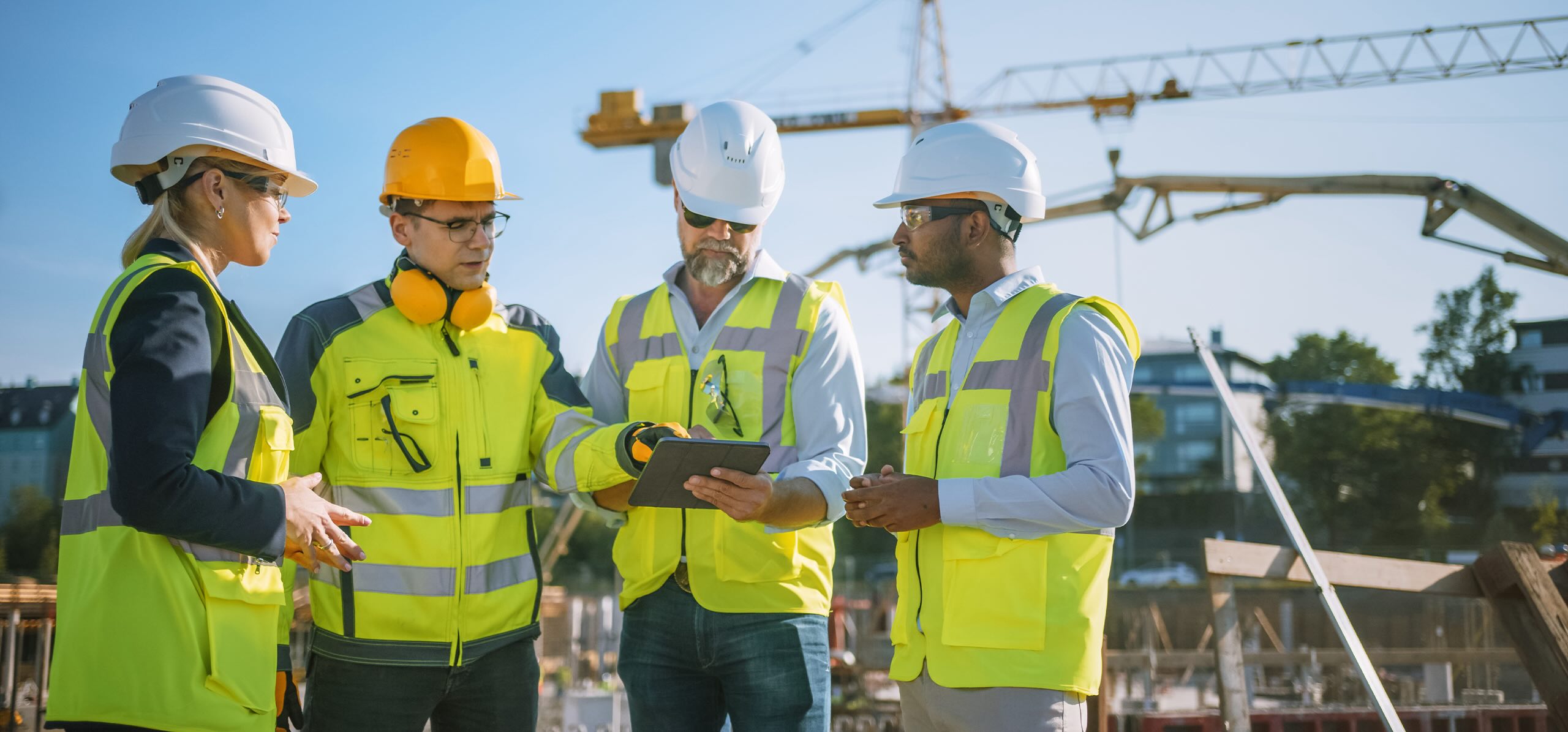



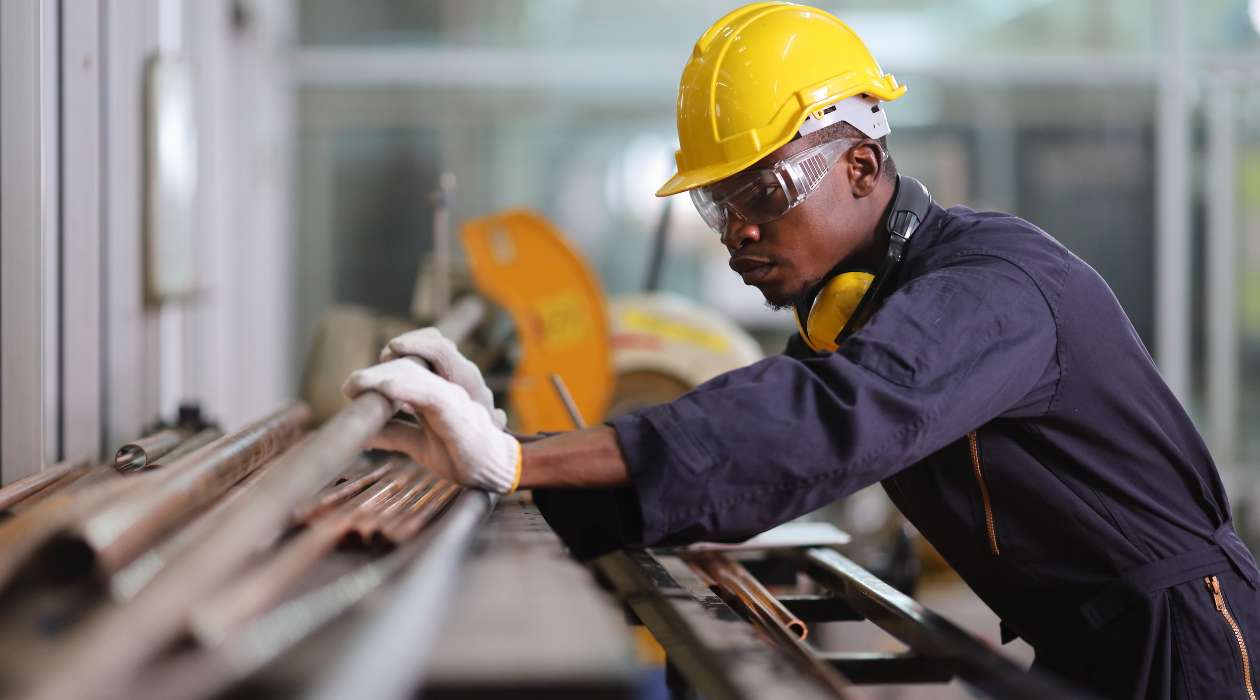
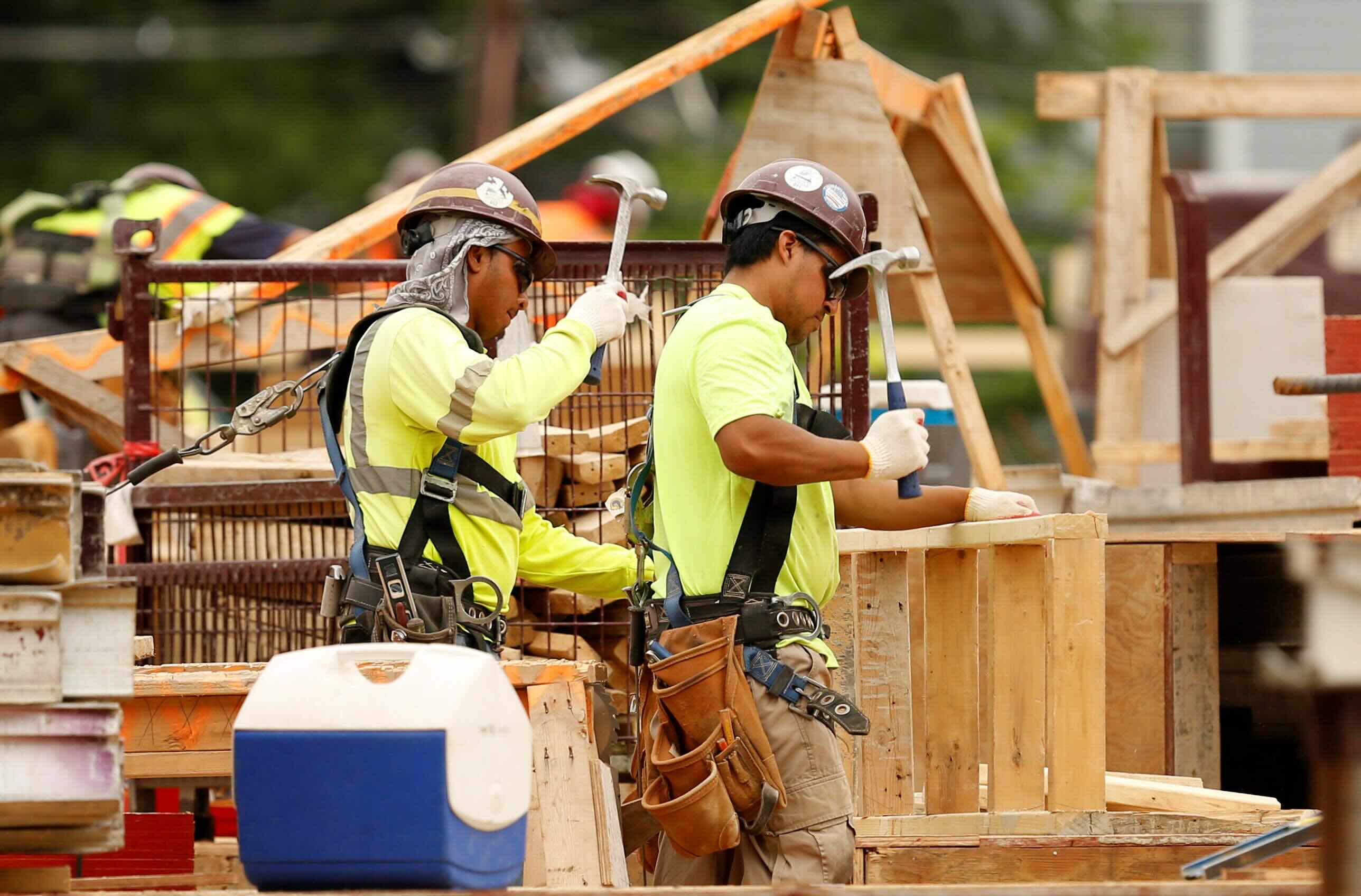

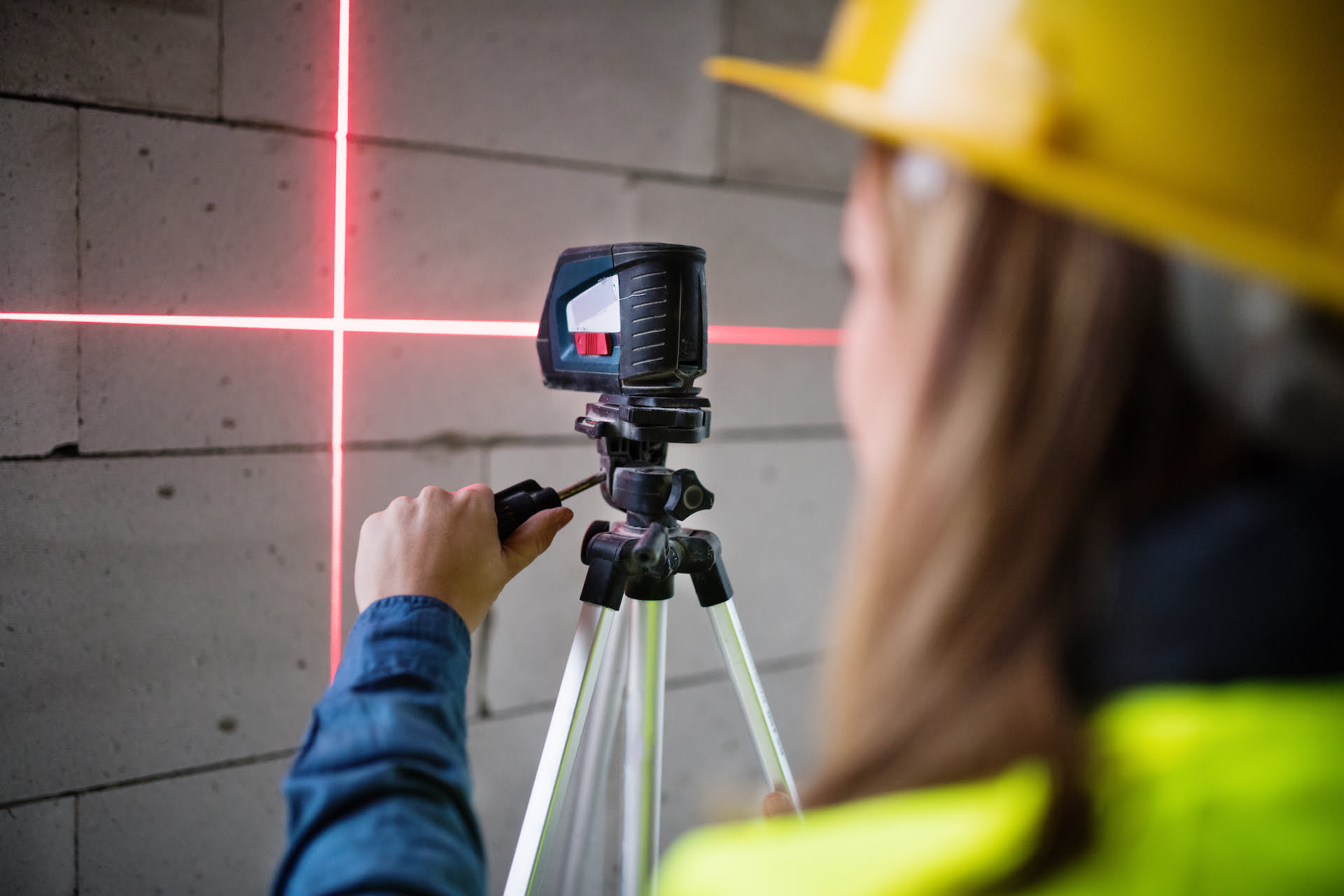
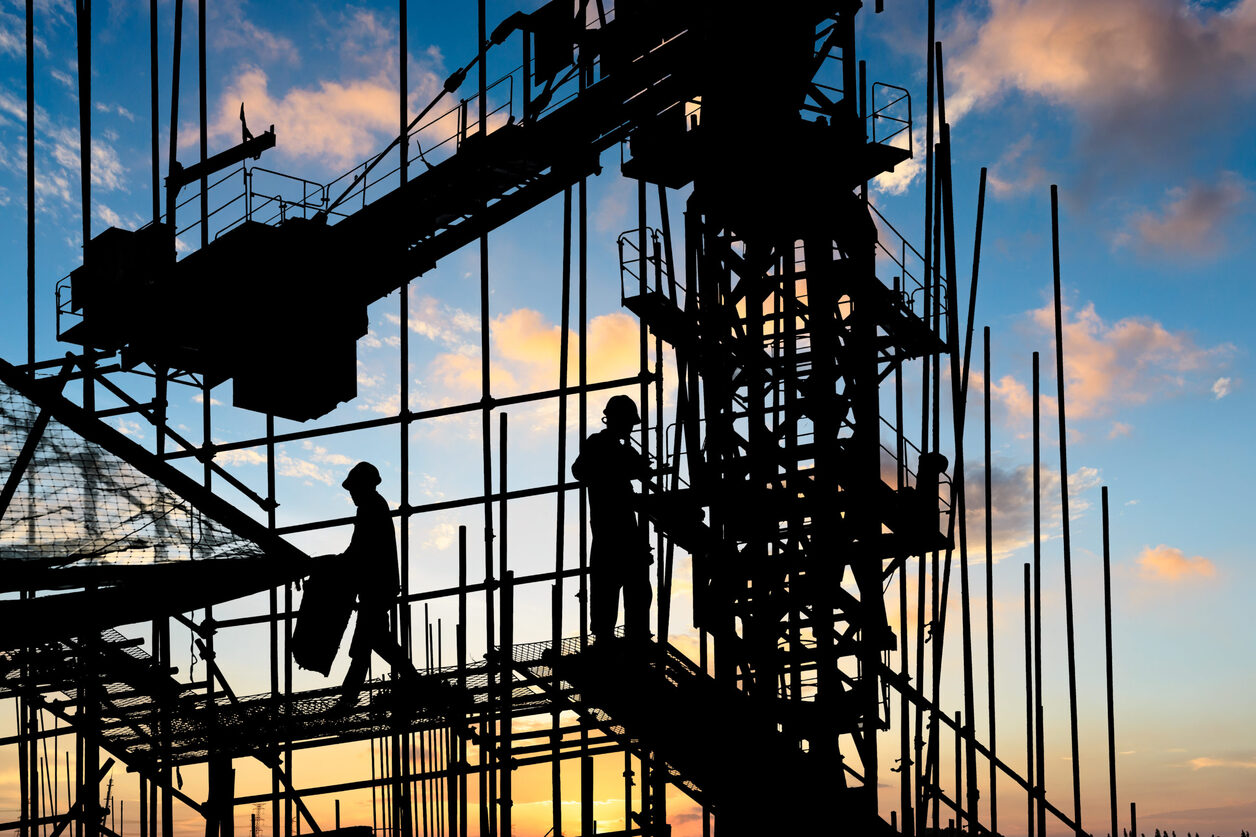
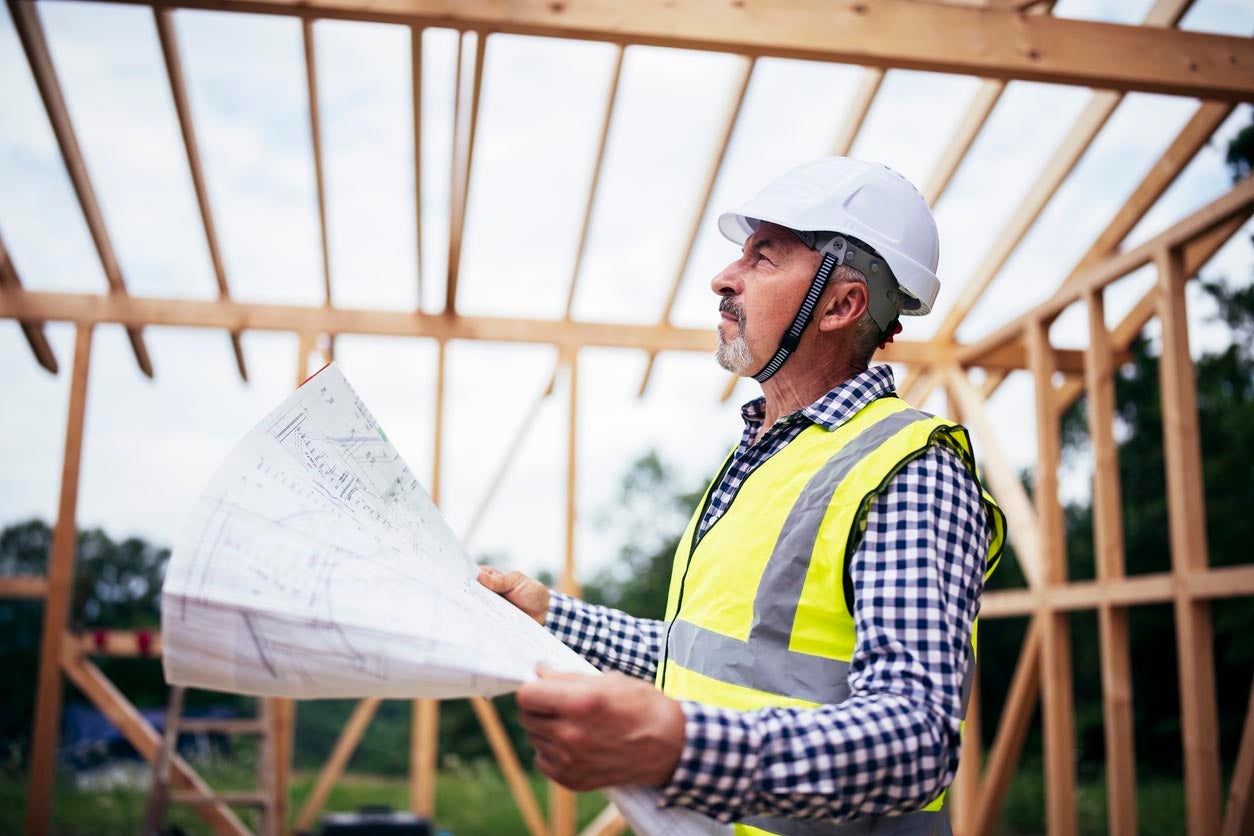
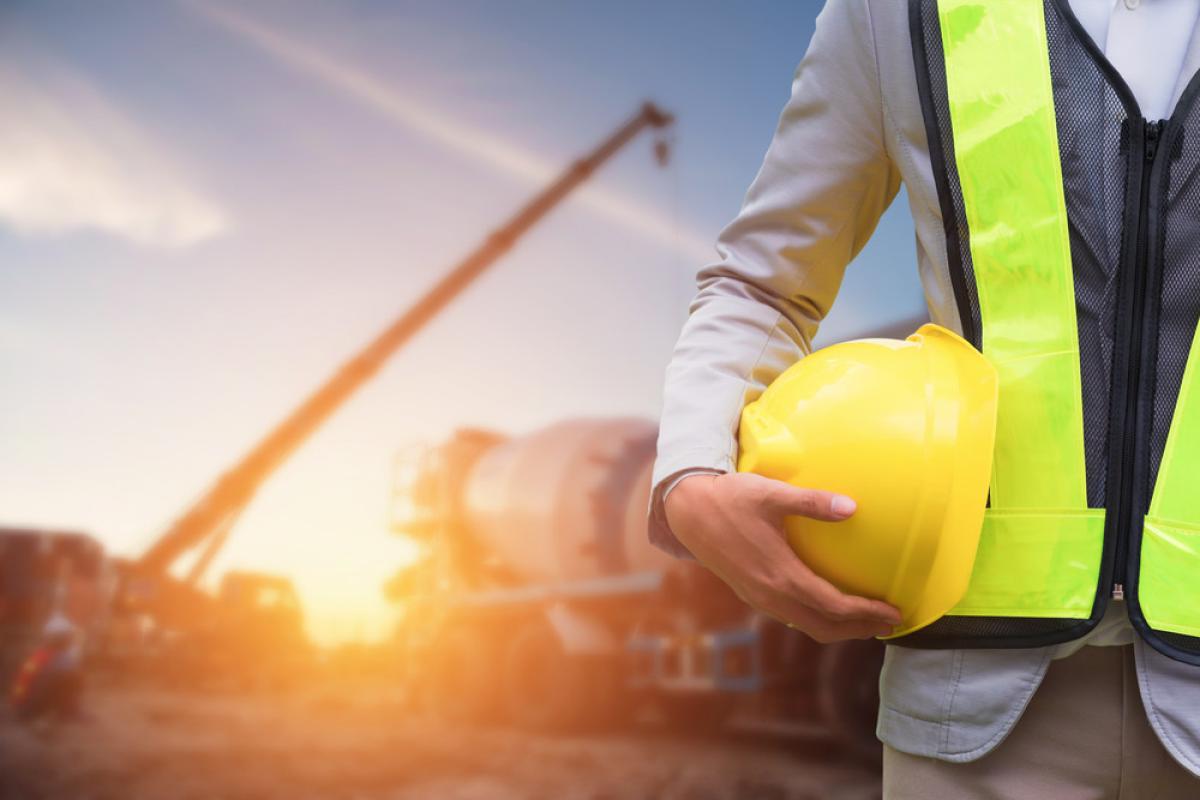
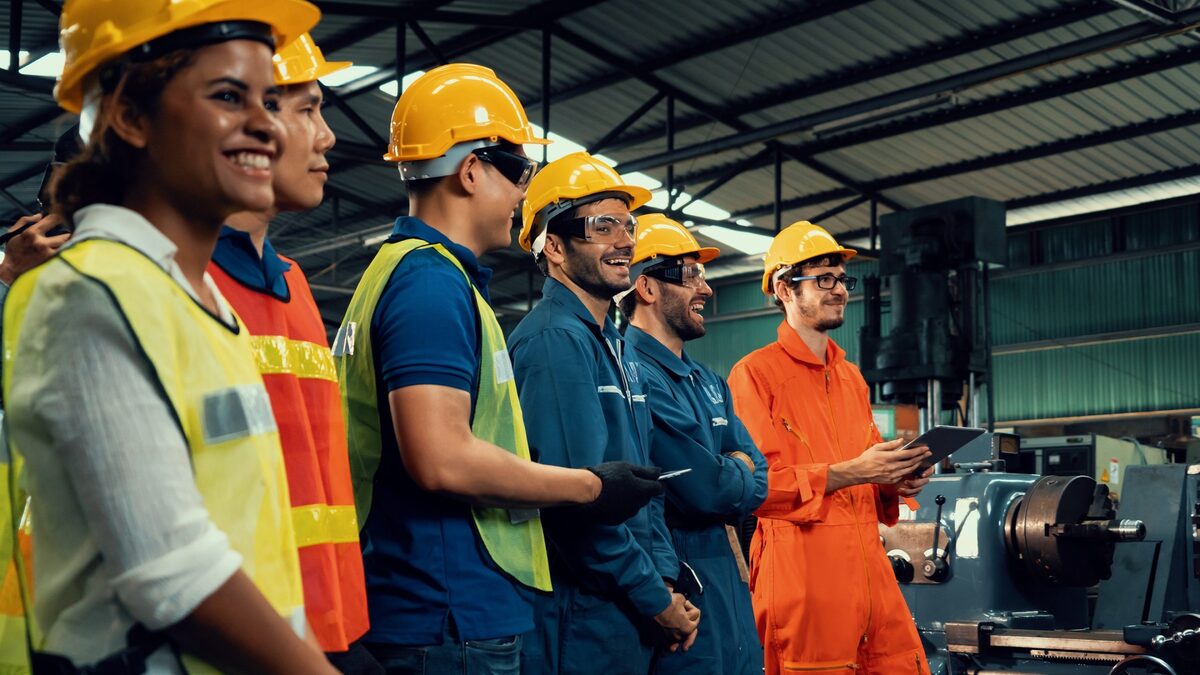
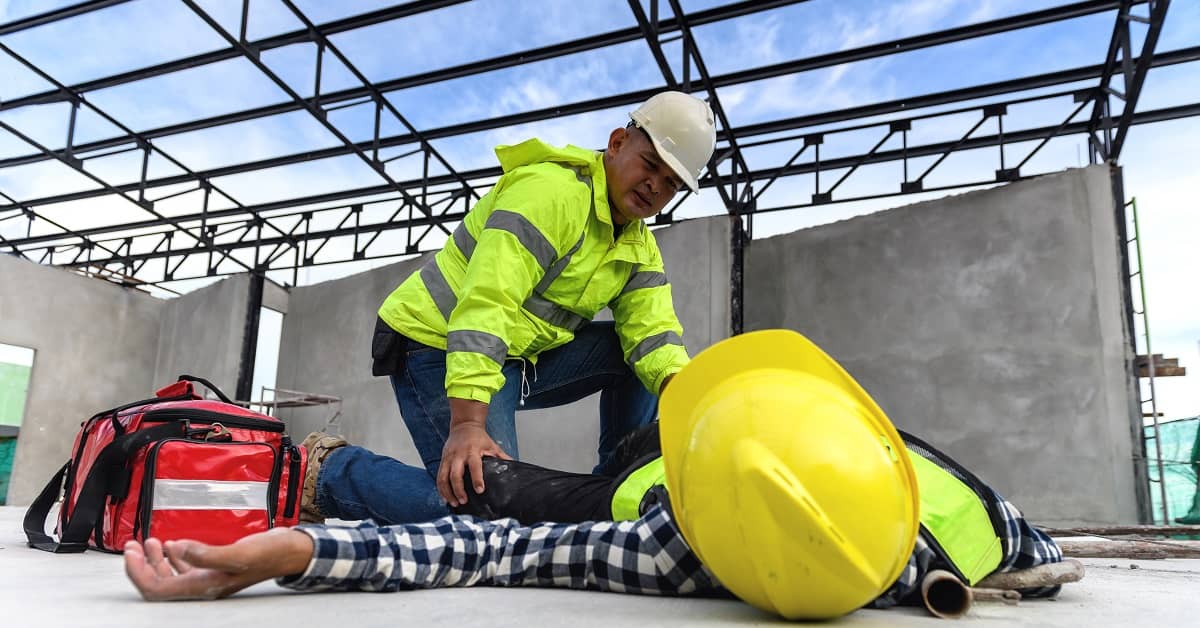

0 thoughts on “What Percentage Of All Accidental Deaths In The Construction Industry”